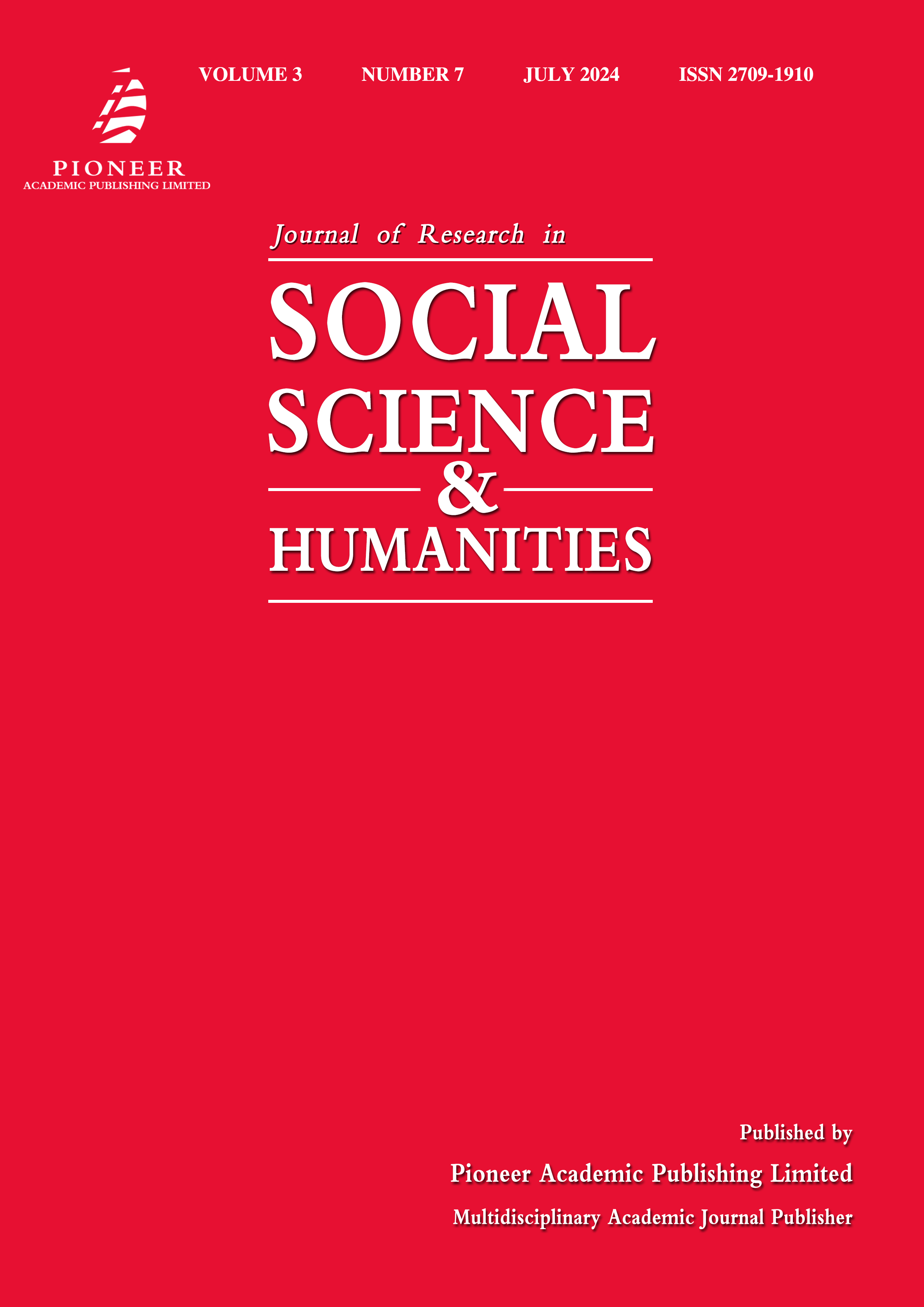Symbolic Elements and Their Connection to Magical Realism in Gabriel Garcia Marquez’s Depiction of Latin American History
Keywords:
Gabriel Garcia Marquez, symbolism, magical realism, Latin American history, One Hundred Years of Solitude, The Autumn of the Patriarch, Love in the Time of CholeraAbstract
This paper explores the profound impact of symbolic elements in Gabriel Garcia Marquez’s works on the depiction of Latin American history and culture through the lens of magical realism. Focusing on key symbols in One Hundred Years of Solitude, The Autumn of the Patriarch, and Love in the Time of Cholera, the study delves into how these symbols enhance the narrative and offer deeper insights into historical and cultural contexts. The analysis reveals how Marquez uses symbols such as the banana plantation, the decaying palace, and the river to critique colonialism, political corruption, and societal upheaval. Furthermore, the paper examines the interplay between reality and fantasy in Marquez’s works and its role in shaping readers’ understanding of historical events and cultural identity. By connecting personal stories with broader historical and cultural themes, Marquez’s symbolism fosters a nuanced and imaginative engagement with Latin American history, encouraging readers to reflect on the complexities and enduring legacies of the region.


